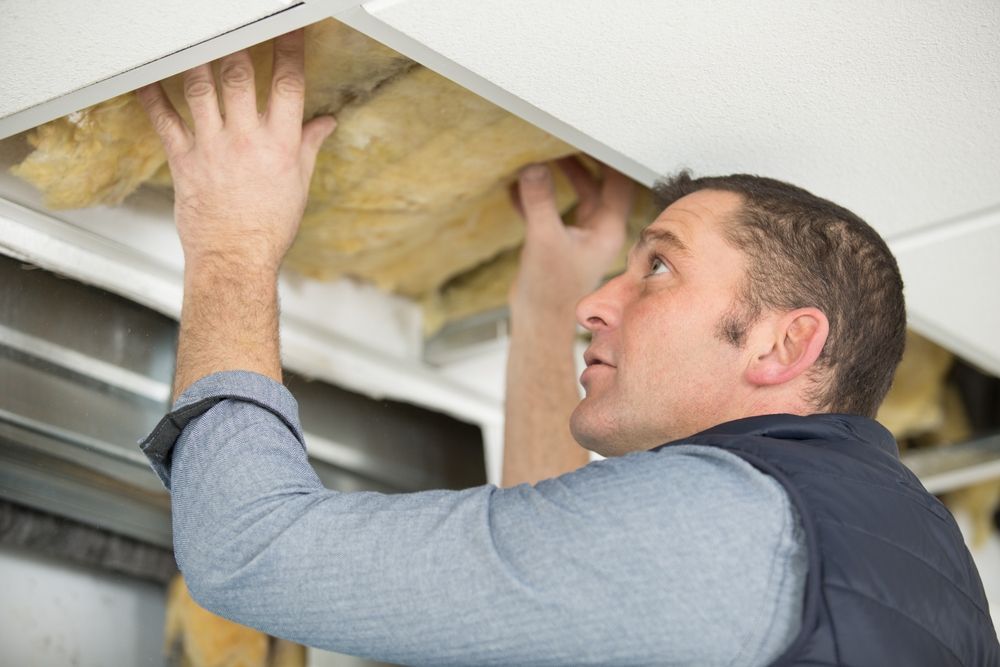As awareness about climate change grows, many people are looking for ways to reduce their carbon footprint—an important step in protecting the environment. But what if we told you that living more sustainably could also save you money? From cutting down on energy consumption to reducing waste, there are numerous cost-effective ways to reduce your carbon footprint that also benefit your wallet. In this article, we’ll explore practical ways to live a greener lifestyle while saving money at the same time.
1. Switch to Energy-Efficient Appliances
One of the largest contributors to your carbon footprint is the energy you use to power your home. By switching to energy-efficient appliances like refrigerators, washing machines, and LED light bulbs, you can significantly reduce your energy consumption. ENERGY STAR-rated appliances use less electricity and water, which lowers your utility bills.
-
Tip: Upgrade to energy-efficient models when replacing old appliances. Look for appliances with the ENERGY STAR label, as they are designed to use less energy and water.
-
Impact: Using energy-efficient appliances reduces your electricity and water bills, helping you save money while lowering your environmental impact.
2. Use Smart Thermostats
Heating and cooling your home account for a large portion of your energy bill. A smart thermostat helps optimize your heating and cooling system by adjusting the temperature based on your schedule, ensuring that energy isn’t wasted when you’re away or asleep.
-
Tip: Install a smart thermostat and program it to automatically lower the temperature when you’re not home or adjust it at night. Many models, like the Nest Thermostat, also provide energy usage reports to help you make informed decisions.
-
Impact: By reducing your home’s energy consumption, a smart thermostat can lower your heating and cooling costs by up to 10-12%, leading to significant savings over time.
3. Switch to Renewable Energy Sources
If possible, consider switching to renewable energy sources like solar or wind power. Many utility companies now offer green energy plans, which allow you to purchase electricity generated from renewable sources at a slightly higher rate. However, in the long run, installing solar panels can significantly reduce your reliance on fossil fuels and lower your energy costs.
-
Tip: Research if your utility company offers a green energy program or if solar panels are a viable option for your home. You may even qualify for government incentives and rebates for installing solar energy systems.
-
Impact: Using renewable energy sources reduces your carbon footprint while potentially saving you money on your utility bills over time, especially with the long-term savings from solar energy.
4. Embrace Public Transportation or Carpooling
The transportation sector is one of the largest contributors to greenhouse gas emissions. To lower your carbon footprint, consider using public transportation, carpooling, biking, or walking whenever possible. Even occasional use of public transit can have a significant impact on your carbon footprint.
-
Tip: Look into local public transportation routes or carpool with friends and colleagues to reduce the number of vehicles on the road. If you’re commuting daily, biking or using a ride-sharing service can also be a more sustainable option.
-
Impact: Reducing the number of trips you take in a car will decrease fuel consumption and lower your transportation costs. Over time, this can lead to significant savings on gas, parking, and car maintenance.
5. Reduce, Reuse, and Recycle
A major contributor to environmental waste is single-use products. By reducing, reusing, and recycling, you can cut down on the amount of waste you generate, which not only benefits the environment but can also save you money.
-
Tip: Start by replacing disposable items, such as plastic bags, bottles, and utensils, with reusable alternatives. Recycle paper, glass, and plastic whenever possible, and donate or repurpose old clothes and furniture rather than throwing them away.
-
Impact: Reducing waste helps conserve resources and can save you money on disposable products, while also reducing your need for new items. Reusing and recycling can also limit the amount of money spent on landfill fees and waste collection services.

6. Opt for Energy-Efficient Lighting
Lighting can account for a substantial portion of your energy consumption, especially if you rely on incandescent bulbs. Switching to LED light bulbs is a simple, inexpensive way to cut down on energy use. LEDs use about 75% less energy and last 25 times longer than traditional bulbs, which can lead to significant savings.
-
Tip: Replace incandescent bulbs with LED bulbs in high-use areas like the living room, kitchen, and hallway. Utilize motion sensors or timers to ensure lights are only on when necessary.
-
Impact: By switching to LED lighting, you reduce your electricity bill and minimize your carbon footprint, making it a small but effective change for saving both money and energy.
7. Insulate Your Home
Poor insulation in your home can lead to heat loss during the winter and cool air escaping in the summer, forcing your HVAC system to work harder. Insulating your home, especially in attics, walls, and windows, can reduce your energy consumption and lower your heating and cooling costs.
-
Tip: Add insulation to areas that may have gaps or insufficient coverage. Weatherstrip windows and doors to prevent drafts, and use draft blockers for added protection.
-
Impact: Proper insulation and sealing help maintain a consistent temperature in your home, reducing the need for constant heating or cooling, which saves money on energy bills and reduces your carbon footprint.
8. Buy Local and Seasonal Foods
The food industry, particularly the transportation and packaging of food, contributes significantly to carbon emissions. One way to reduce your carbon footprint is to buy local, seasonal foods, which require less transportation and packaging.
-
Tip: Shop at local farmers' markets or join a community-supported agriculture (CSA) program to access fresh, seasonal produce. Not only will this lower your carbon footprint, but it can also support local farmers and businesses.
-
Impact: Buying local and seasonal foods not only reduces emissions but can also save you money by purchasing products that are fresher and often less expensive than imported or out-of-season items.
9. Cut Back on Water Use
Watering your lawn, running the dishwasher, or taking long showers can add to both your water and energy bills. Reducing your water consumption helps lower both your environmental impact and utility costs.
-
Tip: Install water-saving fixtures, such as low-flow showerheads and faucets, and consider using a rainwater collection system for your garden. Fix leaks promptly, and reduce the duration of your showers.
-
Impact: Reducing water use lowers your water and energy bills, while also conserving one of Earth’s most valuable resources.
10. Use Smart Home Devices to Monitor Energy Usage
Smart home devices, such as energy monitors, can help you track your household's energy consumption. By seeing where and when you’re using the most energy, you can make informed decisions on how to reduce waste and save money.
-
Tip: Invest in smart plugs, smart thermostats, or energy monitors that provide real-time data on energy use. Some apps even give you energy-saving tips based on your consumption patterns.
-
Impact: Monitoring your energy usage helps you identify inefficiencies, allowing you to adjust your habits and reduce unnecessary consumption, ultimately lowering your utility bills and reducing your carbon footprint.
Reducing your carbon footprint doesn’t have to be expensive or complicated. By adopting simple, cost-effective practices such as switching to energy-efficient appliances, reducing waste, and using smart home devices, you can make a significant difference in both your environmental impact and your budget. The key is to start small and make gradual improvements, so you can enjoy both the financial savings and the satisfaction of living a more sustainable life.





